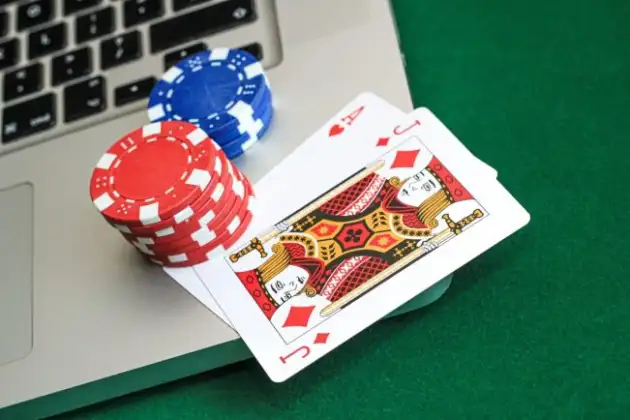How to Spot Bluffs in Online Poker

Bluffing is an essential part of poker. Poker players who are good at bluffing can use their ability to increase their winning chances, even when they have a terrible hand. On the other hand, spotting opponents bluffing can stop them from affecting your gameplay. However, telling bluffs while playing poker online isn’t the same as playing in real life. You won’t be able to spot bluffs from your opponents’ expressions or observe their thought processes.
The good news is there are many ways to tell bluffs, even if you’re playing poker virtually. We’ve compiled several tips and tricks to help you spot bluffs even if you’re only watching your opponents’ moves from your device’s screen!
How Fast The Opponent Bets
Although you won’t see much of your opponents' moves when playing online poker in South Africa or anywhere you are, you can still observe their decisions through the screen. One of the most obvious tells of a bluff is how fast your opponent places their bet.
It might be more challenging to spot, but there are times when a player who tends to bet quickly when they have a strong hand suddenly stops and takes longer to bet. When this happens, there’s a possibility they don’t have the confidence. On the contrary, when players who tend to take their time placing bets suddenly make a quick decision, there’s a chance they’re trying to bluff a good hand.
Changes in Bet Size

Like how players tend to take a long or short time when betting, the size of their bets can be a sign of a bluff. Observing your opponent’s bet sizing tendency might take time, especially when you have no read of the players’ patterns. However, there might be times when your opponent suddenly changes their bet size. It’s important to note how your opponents make their moves and look back to see if there are any differences in how they play.
The player who makes their moves last has the best chance of using bet size to bluff. They have the time to observe other players’ moves. Then, they would increase their bets to trick others into thinking they’ve seen others’ decisions and are confident they have a better hand. This is the bluff they’ll use to push others to fold.
You can also quickly spot players with weak hands still trying to bluff by throwing in small or maintaining minimum bets. They’re easy to spot, especially if a player suddenly shows signs of a strong hand. Weak-handed players will then take the bait and keep playing minimum bets.
Aggressive Playstyle
When a player’s aggression rate is getting too high, they might be bluffing. The aggression factor is calculated based on the players’ tendency to bet or raise after the flop. The standard aggression factor is two bets or raises. When your opponent’s aggression factor is three or higher, there’s a chance they’re being aggressive and trying to bluff most of the time.
Talking Too Much
One of the easiest ways to tell bluffs in poker is how players talk. Even if you won’t be able to hear your opponents’ voices while playing online directly, most online poker features a chat function. There, you can spot your opponent's bluffs by seeing the way they interact with other players and from the things they say.
Poker players tend to act strong when they have weak hands, and the opposite when they have strong hands. Weak-handed players would suddenly act overconfident over the chat feature or do the opposite to bluff. It’s an obvious tell that you can spot even virtually.
There might also be some players who suddenly fall quiet or talk too much on some points. That can be a sign of bluffing that will help you judge their hands’ quality.
Flop Percentage Above 20%
You can use a HUD to help you spot bluffs when playing online. It’ll help tell irregularities throughout the game, making it easier to see the changes in your opponents’ moves.
One of the ways to tell bluff from HUD is the rise of the flop percentage. The standard surge in flop percentage is 10%. Players who have a strong hand tend to raise their flop percentage. However, when someone’s flop percentage goes above 20% most of the time, it’s likely that they’re bluffing. The flop percentage isn’t a sure tell of a bluff, but it can be a leading sign that there’s a higher chance that your opponent might be bluffing.
Telling Bluffs from The Screen
Despite being unable to see an opponent’s body language directly, the virtual table provides much information. Being observant and focused will help in spotting bluffs that your opponents do. From noting irregularities and meticulously spotting small changes, you can quickly tell bluffs and stop them from affecting your play.











